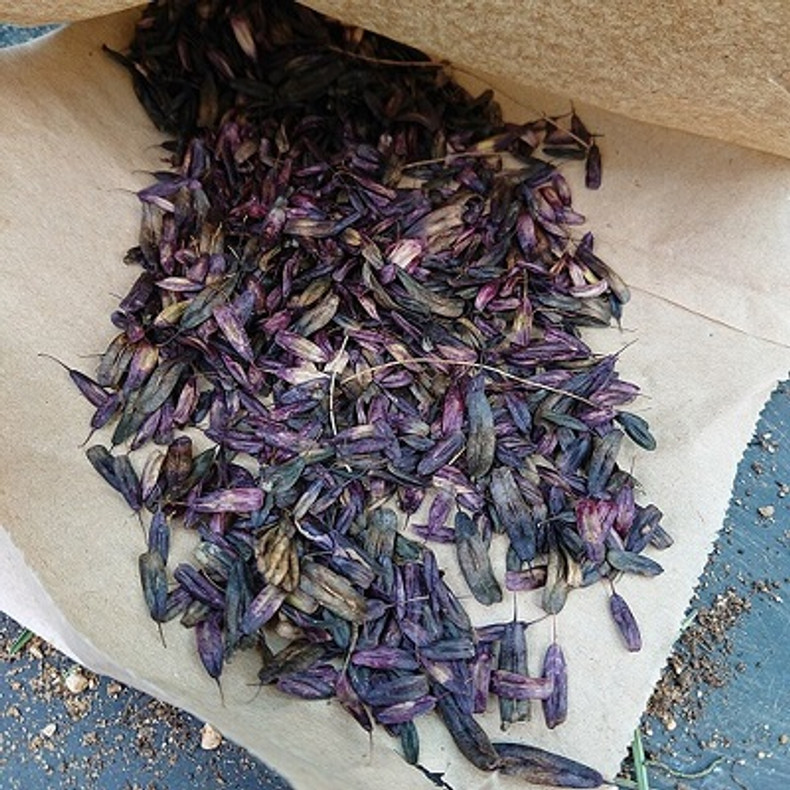Woad has been an important plant for much of our history. Archaeologists have discovered the seeds in Iron Age pits in Lincolnshire and elsewhere but it's thought that it has been used since even earlier times.
In 1377 Coventry was the 4th largest city in England and had a high reputation for its blue cloth, giving birth to the phrase 'as true as Coventry blue'.
During the medieval period, vast quantities of woad were imported from Europe, but later, large areas of England were given over to producing the plant as importing it became more problematic.
Ancient Britons were known as Picts (painted ones) to the Romans, due to their habit of painting their bodies with woad. Julius Caesar mentions this in his 'The Gallic Wars' (book 5): "Al the Britons doe dye themselues wyth woade, which setteth a blewish color vppon them: and it maketh the more terryble to beholde in battell." (From the English translation by Arthur Goldinge G. 1565)
Gerard's Herbal (1597) reports: "The decoction of Woad drunken is good for wounds in bodies of a strong constitution, as of countrey people, and such as are accustomed to great labour and hard course fare."
Everything changed in the late 1500s, when a severe food shortage led to Queen Elizabeth I issuing a "Proclamation against the sowing of woade", which stated that the sowing of the most fertile ground with woad was a cause of "great complaint" and outlawed the sowing of woad within four miles of a market or clothing town and within eight miles of any property belonging to the Queen.
These days more modern dyes are available and woad is no longer widely grown commercially. However it makes a wonderful garden plant and can still be used for craft purposes. Stems of bright yellow flowers stand tall above blue tinged foliage in early summer and the flowers give way to masses of blue seeds.
View the plant in the shop.

